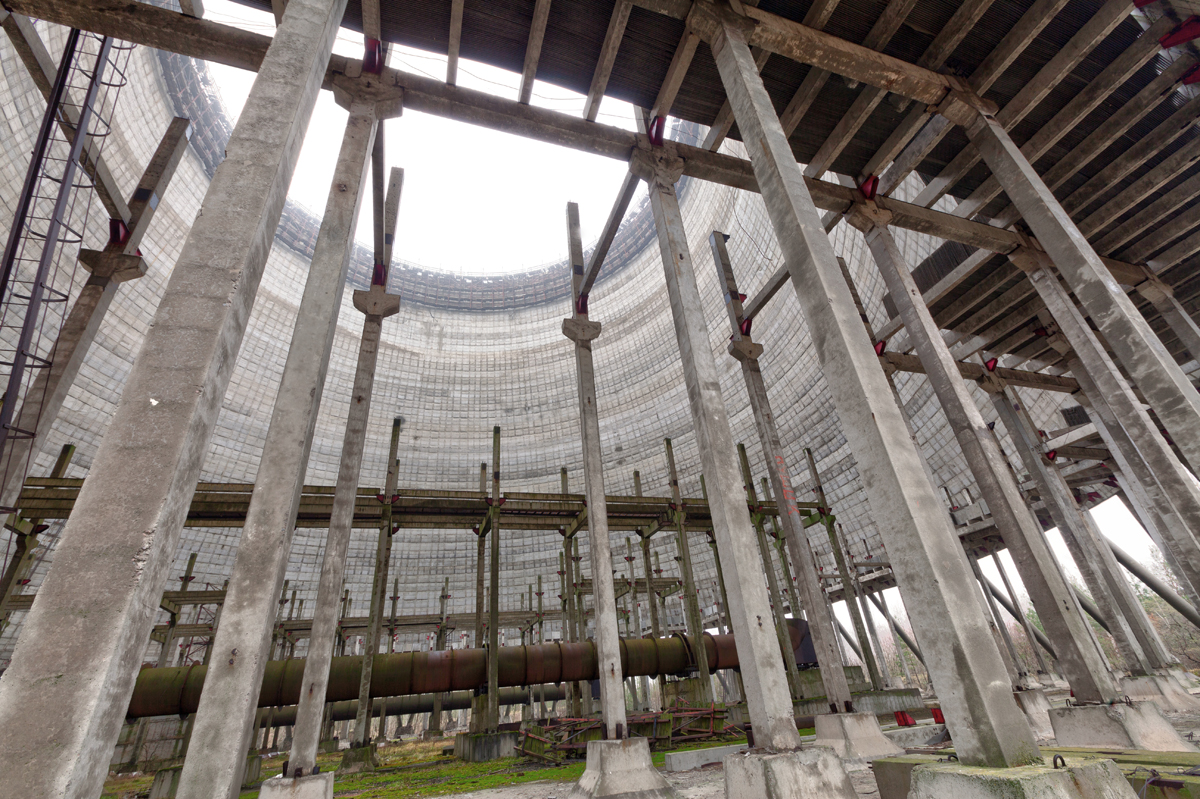An open circuit cooling tower is a type of cooling system used to dissipate heat from industrial processes, HVAC systems, or power generation. Here’s an overview of how it works and its key characteristics:
How an Open Circuit Cooling Tower Works:
-
Heat Transfer Process:
- Water Distribution: Warm water from the system is distributed over the fill media inside the cooling tower. This fill media increases the surface area for heat transfer and facilitates better interaction between the water and the air.
- Air Interaction: Ambient air is drawn into the cooling tower, either naturally (by convection) or mechanically (using fans). As the air moves through the fill media, it comes into contact with the warm water.
- Evaporation: As the water trickles down through the fill media, a small portion of it evaporates. This evaporation process absorbs heat from the remaining water, cooling it down.
- Cooling Water Collection: The cooled water then collects in the basin at the bottom of the tower and is recirculated back to the system to absorb more heat.
-
Heat Dissipation:
- The warm, moist air is expelled from the top of the cooling tower. This process effectively removes heat from the system, allowing the water to be reused for cooling.
Key Characteristics:
-
Design and Construction:
- Open Design: The cooling tower is “open” because the water being cooled is exposed to the atmosphere, unlike “closed” cooling towers where the water is contained within a coil or heat exchanger.
- Fill Media: It typically contains fill media, such as splash bars or fill packs, which increases the surface area for heat exchange.
-
Efficiency:
- Effective Cooling: Open circuit cooling towers are effective for cooling large volumes of water and are commonly used in industrial processes, power plants, and large HVAC systems.
- Energy Efficiency: They generally consume less energy compared to some other cooling methods, particularly when using natural draft designs.
-
Water Quality:
- Water Exposure: Since the water is exposed to the air, it can pick up debris, dust, and microorganisms. This necessitates regular maintenance and water treatment to prevent fouling, scaling, and biological growth.
-
Applications:
- Industrial Use: Used in industries such as power generation, chemical processing, and manufacturing where large amounts of heat need to be dissipated.
- HVAC Systems: Common in large commercial buildings and complexes to manage heat from air conditioning systems.
-
Maintenance:
- Regular Cleaning: Requires regular maintenance to clean and inspect the fill media, water distribution system, and other components to ensure efficient operation and prevent issues like clogging and corrosion.
- Water Treatment: Necessary to manage water quality and prevent issues such as scaling, corrosion, and biological contamination.
-
Environmental Considerations:
- Water Consumption: Open circuit cooling towers consume a portion of the water through evaporation, which can be a concern in areas with water scarcity.
- Heat and Moisture Emission: The discharge of warm, moist air can impact the local environment and requires consideration of placement and design.
Advantages and Disadvantages:
Advantages:
- High Cooling Efficiency: Effective for cooling large volumes of water.
- Lower Initial Cost: Typically less expensive to install compared to closed circuit systems.
- Energy Efficiency: Generally more energy-efficient due to the natural cooling process.
Disadvantages:
- Water Loss: Evaporation results in water loss, which must be replenished.
- Maintenance Needs: Requires regular maintenance and water treatment to avoid issues with water quality and system fouling.
- Environmental Impact: Potential impacts due to the discharge of warm, moist air.
In summary, an open circuit cooling tower is a widely used system for cooling water in various industrial and commercial applications. It efficiently removes heat through evaporation but requires careful maintenance and water treatment to ensure optimal performance.
Universal Tower Parts In Phoenix, AZ
Universal Tower Parts provides stainless steel and galvanized options, welded and gasketed, direct, gear reducer and belt drive units, with efficient Jedair fans, and Jedair low noise fans. Strainers, fan guards and louvers are well constructed, and designed to operate efficiently as they perform their function. Cool Core drift eliminators and fill are made by Universal Tower Parts expressly for our towers.






